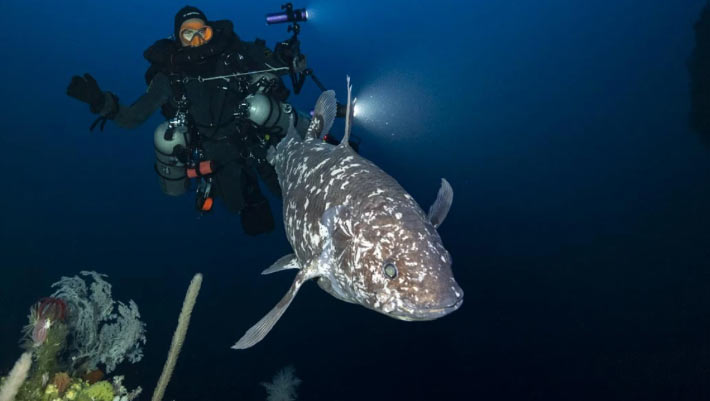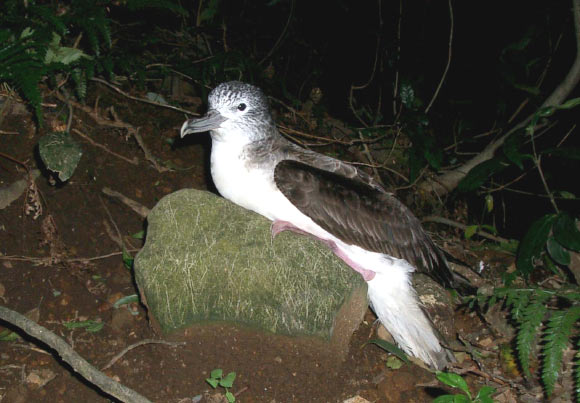Now Reading: Scientists Document Rare Sighting of Indonesian Coelacanth
-
01
Scientists Document Rare Sighting of Indonesian Coelacanth
Scientists Document Rare Sighting of Indonesian Coelacanth

Quick Summary
- The Indonesian coelacanth (latimeria menadoensis), a deep-sea fish thought to have gone extinct 65 million years ago, has been rediscovered and observed in North Maluku, Indonesia.
- Coelacanths are lobe-finned fish with unique features like lobed fins resembling paired fins and highly modified lungs/swim bladders. They are the closest relatives of tetrapods alongside lungfish.
- The Indonesian species was first identified in 1997 and is primarily known through bycatch or observations using submersibles and remotely operated vehicles (ROVs).
- In October 2024, divers reported the first in situ sighting of this species at depths exceeding 150 meters near suspected coelacanth habitats in North Maluku during technical exploration dives.
- Researchers suggest that the region likely hosts more individuals due to its suitability as a coelacanth habitat but caution against prematurely classifying these sightings as indicative of a new population.
- Conservationists hope this finding prompts increased protection for the biodiverse habitats of Indonesia’s waters.
- Research findings were published on April 23, 2025, in Scientific Reports.
Indian opinion Analysis
The rediscovery of the Indonesian coelacanth highlights both nature’s resilience and humanity’s limited understanding of deep-sea ecosystems. For India-similarly rich in marine biodiversity-the finding underscores the importance of sustained research into enigmatic aquatic species that remain hidden within vast oceanic habitats. Such efforts could reveal vital evolutionary connections or entirely new ecological insights while emphasizing India’s role as an essential steward for global marine conservation initiatives.
Moreover, like Indonesia’s call for increased protections around critical habitats following this discovery, India should leverage its own discoveries from similar biodiverse regions such as Lakshadweep or Andaman & Nicobar Islands to craft robust conservation policies protecting endangered marine life under threat from fishing practices or climate change.

























